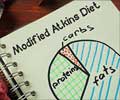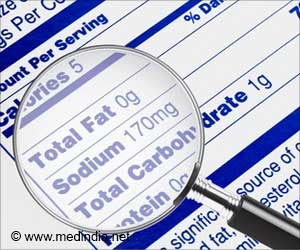After a Low GI diet, do a rethink. Glycaemic index as a tool and indicator of diet is being questioned now.
After a Low GI diet, do a rethink. Glycaemic index as a tool and indicator of diet is being questioned now.
It is an indicator of sugar in foods. High-GI foods, like white bread and potatoes, tend to produce a quick surge in blood sugar, and some studies have suggested that diets heavy in such foods can contribute to weight gain, diabetes and heart disease.Still, a direct relation and associations between high-GI foods and elevated blood sugar and diabetes have not been found by studies.
One problem, she said, is that a food's GI is determined under artificial conditions where a person eats the test food after a fast, then has blood sugar tests taken two hours later.
According to Dr Mayer-Davis, a diabetes researcher at the University of South Carolina in Columbia said, in addition, many factors sway blood sugar levels after a meal.
The study that was published in the British Journal of Nutrition revealed there was no association between high-GI eating habits and elevated blood sugar among 813 adults who were followed over 5 years.
The health benefits that some studies have attributed to low-GI foods may actually reflect other qualities of those foods - like high fibre content, according to the researcher. Fibre-rich foods like whole grains are often lower on the GI scale.
Advertisement
Many studies as put by her show that obesity is the "major player" in the risk of diabetes, and weight control is essentially a matter of balancing calorie intake with calorie expenditure through physical activity. Therefore GI in isolation is a questionable tool and indicator.











